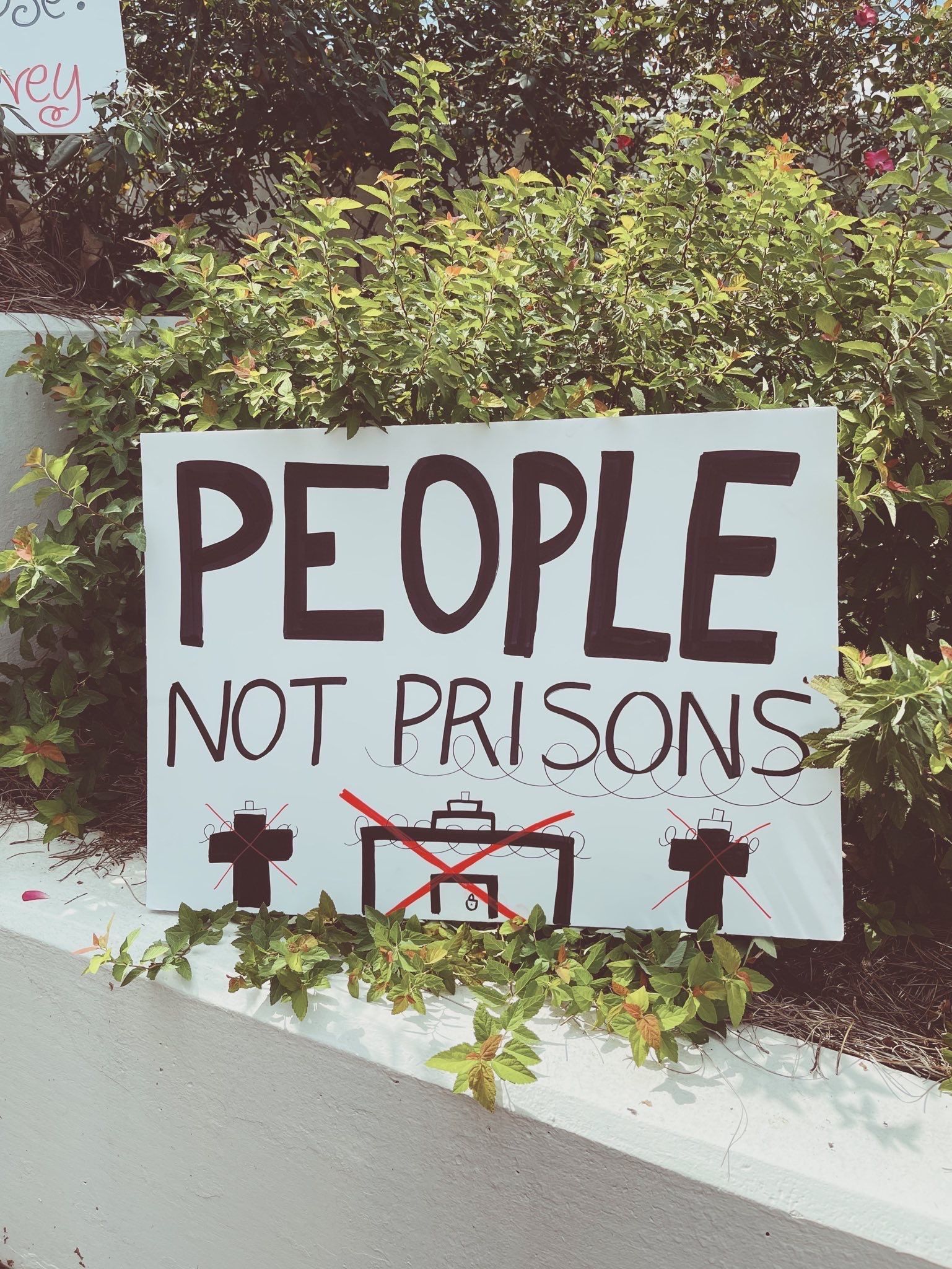Report -Ending Mass Incarceration: Safety Beyond Sentencing
The Sentencing Project report raises five interventions to improve safety without relying on incarceration

The United States has less than 5 percent of the world’s population, yet nearly 25 percent of its prisoners. More than 2.2 million people are incarcerated in America, often in conditions that violate constitutional standards, and many of these individuals would pose no public safety risk if released. Mass incarceration rips apart families and communities, disproportionately hurts people of color, and costs taxpayers $260 billion a year. At the same time, crime continues to drop to 30-year lows since a peak during the 1990's, and harsh punishments aren’t the reason.
Deep racial and ethnic disparities exist throughout the criminal legal system, from the point of arrest to post-incarceration experiences that include restrictions on voting and employment. Black, Latinx, and Indigenous residents experience cumulative disadvantage at every stage of the criminal legal system because they are more likely to be arrested, convicted, and receive more punitive criminal sanctions than white individuals.
Mass incarceration has crushing consequences, racial, economic, social, and it doesn’t make us safer.
Some states have already taken meaningful steps to reduce their reliance on prisons to create public safety. The U.S. prison population declined 25% since reaching its peak in 2009, and twenty-one states have partially closed or fully closed at least one correctional facility since 2000, resulting in a trend of prison repurposing in which old prisons are converted for community and commercial use. However, at the current pace of decarceration, averaging 2.3% annually since 2009, it would take 75 years to return to 1972’s prison population.
"Ending Mass Incarceration: Safety Beyond Sentencing," a recent report from The Sentencing Project, examines five social and community interventions that can improve public safety in the United States without increasing the reliance on mass incarceration.
- Implement community safety solutions – Community-based interventions such as violence interruption programs and changes to the built environment are a promising approach to decreasing violence without incarceration.
- Transform crisis response – Shifting responses to people in crisis away from police toward trained community-based responders has the potential to reduce police shootings, improve safety, and decrease incarceration.
- Reduce unnecessary justice involvement – Ending unnecessary police contact and court involvement by decriminalizing and diverting many offenses can improve safety.
- End the drug war – Shifting away from criminalizing people who use drugs toward public health solutions can improve public health and safety.
- Strengthen opportunities for youth – Interventions like summer employment opportunities and training youth in effective decision-making skills are a promising means of reducing criminal legal involvement.
You can read and download the report, "Ending Mass Incarceration: Safety Beyond Sentencing," at the website for The Sentencing Project.










